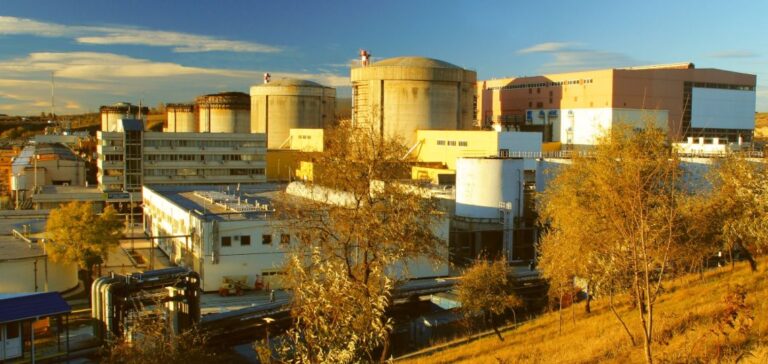Romania is pursuing a significant expansion of its nuclear capacity with plans to construct two new CANDU reactors at the Cernavodă power plant. These reactors, designated units 3 and 4, are expected to be operational in 2030 and 2031, each with a capacity of 675 MWe. If the project is completed as planned, nuclear energy could account for up to 30% of the country’s total electricity production, compared to around 20% currently.
This initiative is part of a long-term strategy to diversify Romania’s energy supply and strengthen its capacity to generate low-carbon energy. The project has undergone several complex phases, including the termination of a partnership with China General Nuclear Power Corporation (CGN) in 2020. Since then, Romania has shifted its partnerships, signing a contract in November 2024 with the FSCA Joint Venture consortium. The consortium, led by the American company Fluor, also includes Italy’s Ansaldo Nucleare, Canada’s AtkinsRéalis, and the US-based Sargent & Lundy Energy, with the aim of completing the construction of units 3 and 4.
At the same time, the national operator Nuclearelectrica has bolstered Romania’s energy independence by acquiring the Feldioara uranium processing plant. This acquisition aims to ensure a local supply of nuclear fuel, providing greater stability for long-term nuclear power production.
Romania is also making further efforts to diversify its low-carbon energy generation. Projects to develop small modular reactors (SMRs) in collaboration with the US company NuScale are part of this strategy, offering new options to meet the growing energy demand in the future.
Life Extension of Cernavodă Unit 1
In addition to the nuclear expansion at Cernavodă, Romania has launched a major project to extend the operational life of Unit 1 at the plant. In December 2024, a consortium led by Fluor, Ansaldo Nucleare, AtkinsRéalis, and Sargent & Lundy signed a $2.85bn contract to replace the CANDU reactor tubes in this unit. This project, which aims to extend the life of Unit 1 by 30 years, is expected to further strengthen the country’s low-carbon energy production and ensure increased energy stability.
The success of this initiative is framed within international cooperation, notably with Canada. A memorandum of understanding was signed between Romania’s Ministry of Energy and the Canadian Ministry of Natural Resources to support refurbishment efforts and the construction of new reactors at Cernavodă.






















